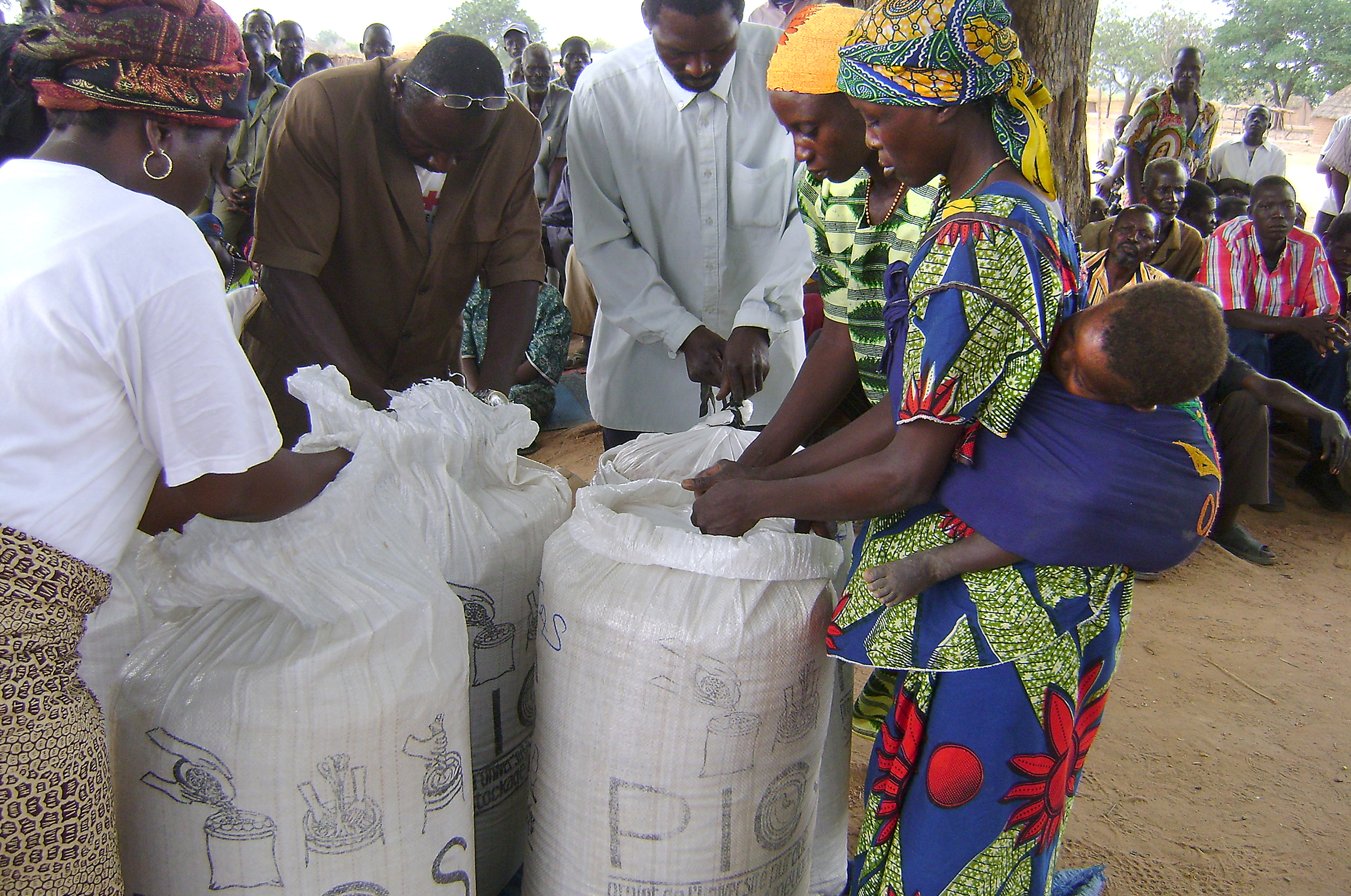 Newly launched storage bags are saving farmers the use of expensive preservatives while helping them cut their post harvest losses at a time FAO indicate that Africa losses over $4 billion annually in post-harvest losses due to poor storage facilities.
Newly launched storage bags are saving farmers the use of expensive preservatives while helping them cut their post harvest losses at a time FAO indicate that Africa losses over $4 billion annually in post-harvest losses due to poor storage facilities.
The bags known as Purdue Improved Cowpea Storage, are based on the principle of preventing Oxygen flow after sealing the stored produce. According to Jean Njiru Marketing manager of Bell Industries, the firm commercializing the product in the Kenyan market, the technology is a replica of the method used in traditional African society to store grain produce. “The important aspect is that the cereals being stored should be dry and that the storage material should be air tight. In the olden days our forefathers used the same technology to store cereals in air tight gourds, pots among others,” she explained.
The new storage bags technology was first developed by Purdue University in America. Unlike the ordinary bags, the material used to make the bags gives it the unique traits of being a storage bag for over three seasons. Jean explained, “The bag has three layers with outer layer made from propylene material. The two inner layers of the bag are made from high density polythene. The cereal to be stored in the bags should be dry to prevent any mould or fungi growth and after filling the bags with the cereals, a farmer ties tightly the inner layer first with a string. The second and third layers are also tied separately to enclose the content in an air tight environment.”
According to her, cutting of Oxygen flow in the content stored inhibits the survival of any bugs that may always later develop into the insects and pest that end up destroying the produce. Therefore the technology just uses the existing forces of nature to preserve the cereal enabling the farmer to save money that would have been spent on purchase of preservatives and at the same time safe guarding the consumer’s health.
The introduction of the bags was fuelled by the increasing losses farmers experience during post harvest and the continued demand by a section of health conscious consumers to snub produce preserved mainly by chemical preservatives deemed to be health hazard. In cereals the preservatives keep off infestation by the pests and insects like weevils.
There are recent health reports indicating the health risks associated with cereals preserved using similar chemicals. “Apart from costing a farmer some money, the chemicals also pose a health risk to the consumers,” noted Jean.
In addition, the new technology, allows farmers to store their produce after harvest and never rush to sell them off due to fear of insect and pest infestation. Jean explained that due to this fact, farmers fear making losses associated to post harvest storage, they resort to selling their cereals immediately after harvest, a period which supply exceeds demand resulting to low prices. “This translates into poor incomes and makes most farmers dread and even some demonize farming as a loss making entity which only benefits the opportunistic middle men.”
Jean’s fears are highlighted by Dr Jane Ambuko a Post-Harvest Physiologist who noted in earlier interview, “In Kenya, and particularly Western Kenya, weevils have been singled out as a major cause of post harvest grain losses. Poor storage facilities and substandard storage pesticides have aggravated the attack and losses. Life has been difficult for farmers in Kenya who are forced to sell all their produce immediately after the harvest to avoid such losses.
Currently, Bell industries has designed the bags for only 100kilograms capacity with Jean explaining that they do not want to design the ones for smaller capacity due to the fact that they are designed for storage only. Each bag is retailing at Sh250 a fee Jean noted that is far much affordable given the loss a farmer suffers if the cereals are infested or compared to the price of purchasing chemical preservatives and labour cost it attracts.
“We only design the bags for storage and not transportation therefore it will not be cost effective for a farmer to use smaller bags for storage. In addition, the costs for smaller capacities may not be different from the larger ones.” The longer shelf life of the bags which is over three seasons according to Jean outweighs the initial cost implications and the benefits the bags guarantee to the farmer using them.